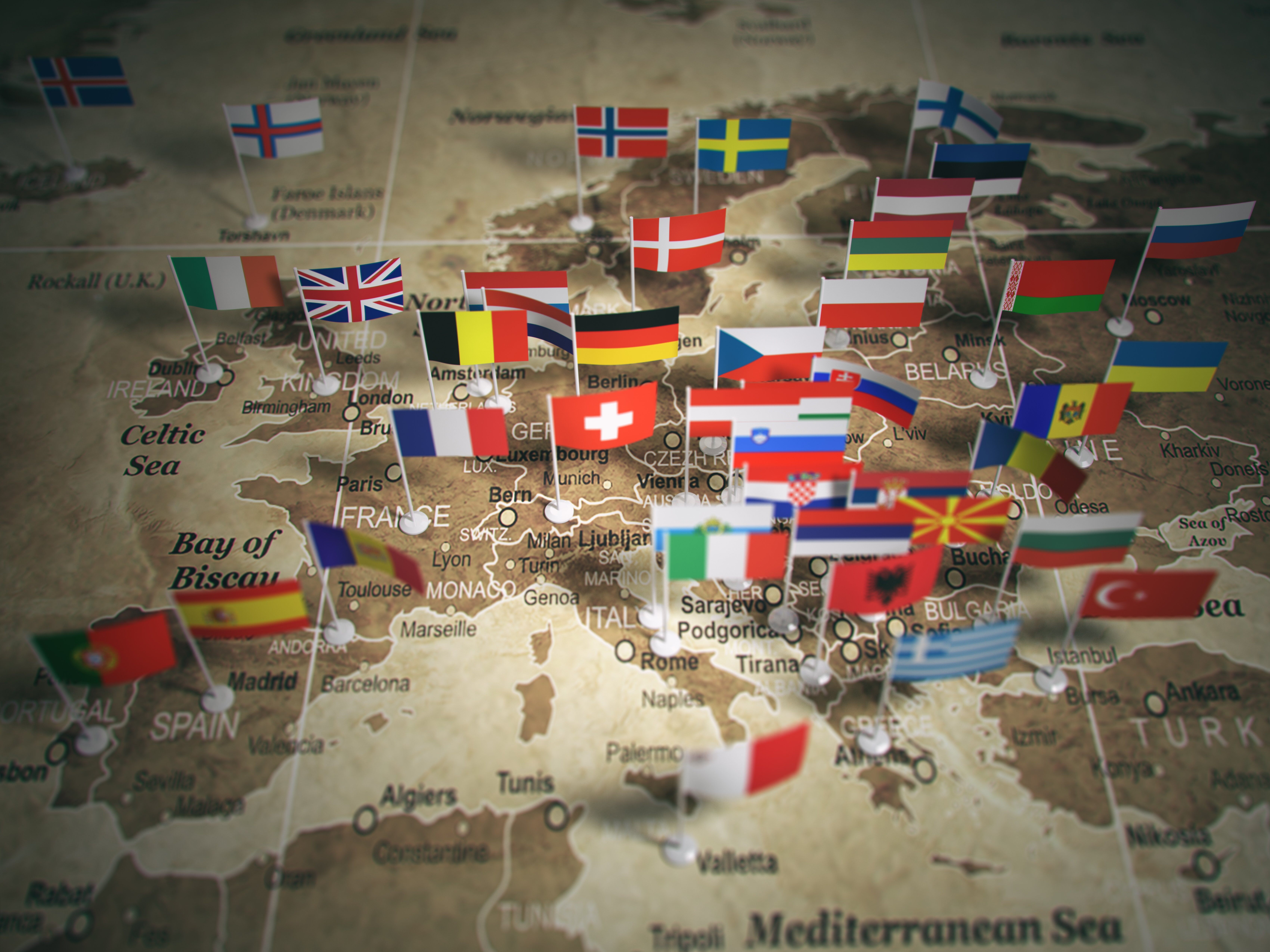EU Civil Protection Mechanism: what it is and why it matters

Established in 2001 by the European Commission, the EU Civil Protection Mechanism has always played a strategic role in coordinating the response to natural disasters, health crises and conflicts around the world. However, today, predicting the scale of a major emergency is almost impossible; catastrophic events can suddenly affect several territories and populations at the same time. Thus, the need arises to adopt a new approach based on collaboration and sharing of resources and expertise between countries to overcome an emergency.
United to strengthen disaster response capabilities
There are over 600 requests for assistance within and outside the European Union to which the EU Civil Protection Mechanism has responded since its inception in 2001. Its task is to provide assistance to any country in the world, including the United Nations, its agencies or other international organisations, facing an emergency that it cannot handle on its own, through the deployment of its own resources and capabilities.
In addition to the EU countries, the EU Civil Protection Mechanism consists of seven non-EU countries: Bosnia and Herzegovina, Iceland, Montenegro, North Macedonia, Norway, Serbia and Turkey. These work together, as a team, putting their capacities at the disposal of the group to provide a stronger and more coherent collective response.
The Objectives of the EU Civil Protection Mechanism
The activity of the EU Civil Protection Mechanism focuses on achieving 3 essential objectives:
-
To promote cooperation between national Civil Protection authorities.
-
Ensuring rapid, effective and timely interventions to the territories and victims of disasters.
-
To improve prevention, training and response to emergencies on a global scale.
But what does this mean in practice?
The aid provided by this authority can take different forms, depending on the type of the ongoing emergency: from the provision of medical equipment, medicines and food, to conducting rescue and search operations, to managing fires, water purification activities and the safe return of EU citizens.
Recently, the activation of the EU Civil Protection Mechanism concerned:
-
the COVID-19 pandemic (2020 and 2021)
-
the Haiti earthquake (2021)
-
repatriations from Afghanistan (2021)
-
forest fires in Europe (2021 and 2022)
-
the war in Ukraine (2022).
EU Civil Protection Mechanism: how it is structured
In order to ensure a better response to natural and human disasters on a global scale, the EU Civil Protection Mechanism has built a structured organisation, consisting of 3 core bodies:
-
EU Emergency Response Coordination Centre (ERCC): is the main body of the EU Civil Protection Mechanism. Its role is to monitor the territory 24 hours a day, 7 days a week, also with the help of the satellite maps produced by Copernicus; in the event of an emergency, it is responsible for mobilising assistance or expertise to the countries affected by the disaster. It also provides emergency communications and is always in contact with the national civil protection authorities.
-
European Civil Protection Pool: brings together all the resources, teams and equipment, made available by the EU Member States and the participating States, which are suitable for deployment in relief operations inside or outside the EU, following a request for assistance submitted through the EU Civil Protection Mechanism. This system allows for more effective action during a critical event.
-
RescEU: an additional reserve of resources established in 2019 by the European Union to strengthen the EU Civil Protection Mechanism. RescEU assets, which are properly guarded by the participants, are used only when necessary to deal with an emergency. They include medical evacuation aircraft, fire-fighting helicopters, detection, identification and monitoring devices, medical teams, field hospitals, emergency logistics centres and strategic stocks.

The EU Civil Protection Mechanism is still an effective tool for responding to emergencies worldwide. Between 2020 and 2021, the number of requests for assistance it received was the highest in history. Two events contributed to the increase: the COVID-19 pandemic and the war in Ukraine. In general, it confirmed itself as a symbol of international cooperation intended to strengthen the link between countries, breaking down all existing social, economic and cultural barriers.







